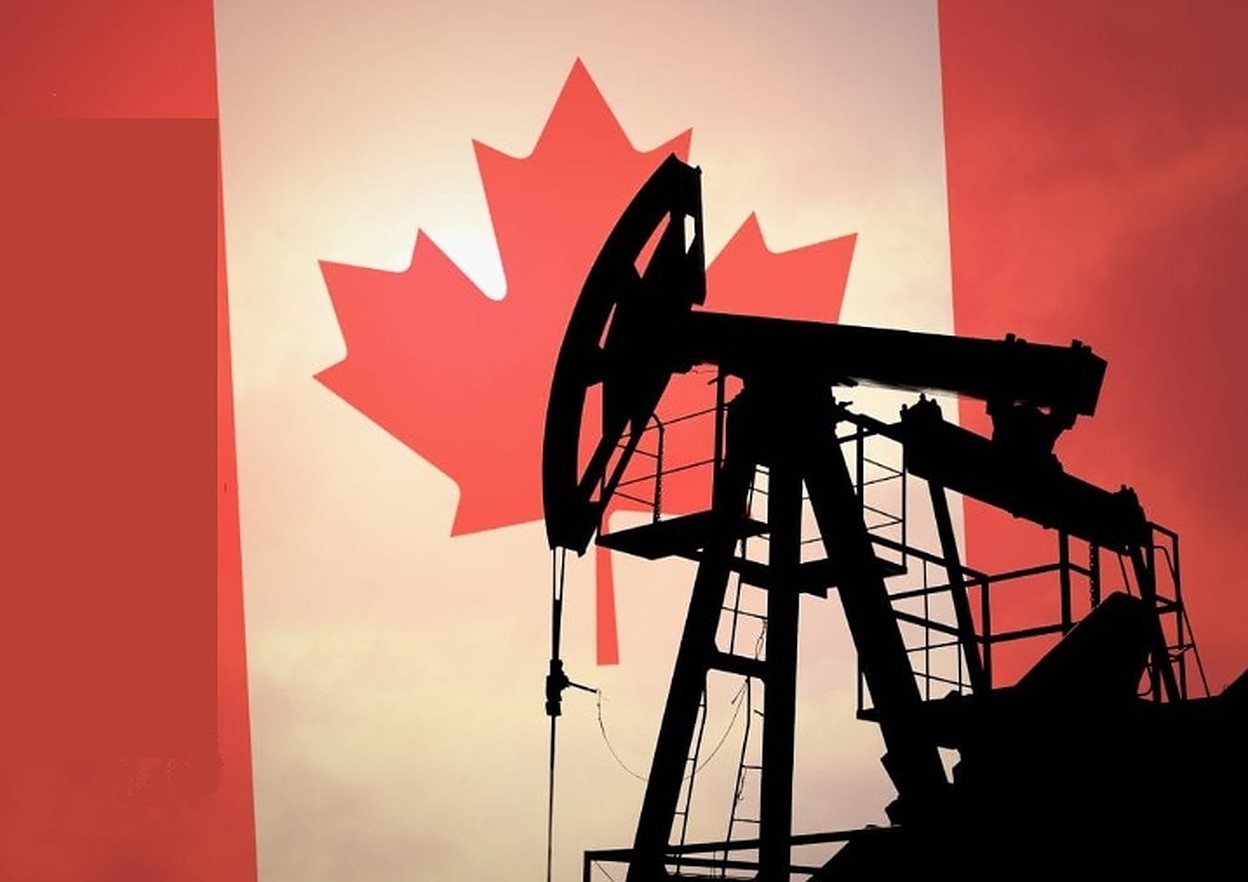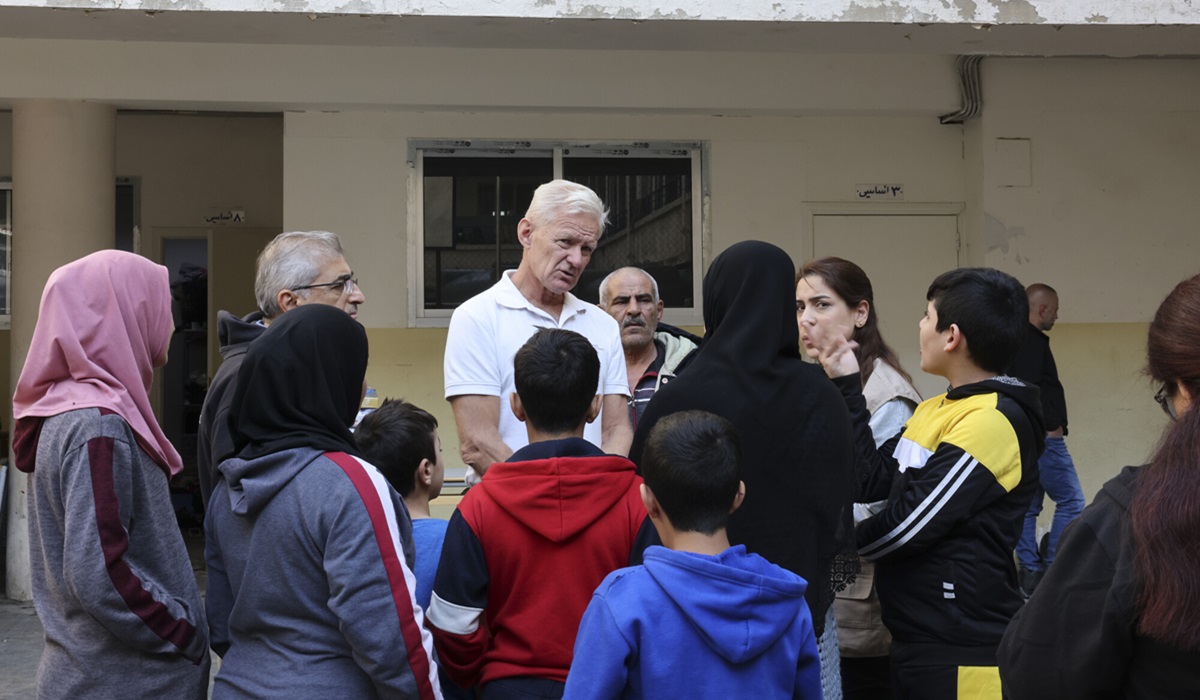Haisla First Nation Creating 10,000 High Paying Skilled Jobs with $40 Billion LNG Investment. #Greta
- TDS News
- Breaking News
- Op-Ed
- December 16, 2019

Ready right now: Canadian LNG can lower global emissions while creating prosperity here at home.

Canadian Association of Petroleum Producers
Canada is known around the world as a country of inclusiveness, tolerance, and respect for human rights. Our energy industry also holds world-class standards; among the best anywhere when it comes to innovation, environmental protection and responsible resource development. According to Statistics Canada, nearly half of all money spent by Canadian businesses on environmental protection was contributed by the oil and natural gas extraction industry.
It is time for Canadian energy to play a vastly more significant role on the world stage. The fact is, the world’s energy needs are growing significantly. By 2040, the International Energy Agency’s World Energy Outlook 2019 projects global energy demand will have increased by 24 per cent. Even taking into account increased use of renewables, oil and natural gas will make up 53 per cent of the total energy used around the world.
More than one billion people in the world do not have access to electricity. As the globe’s population increases and people strive for a better standard of living, energy demand will increase every year over the next couple of decades. Developing economies are depending on affordable and reliable energy to reduce energy poverty and provide things Canadians take for granted, like clean cooking facilities, lighting, and transportation. Africa, for example, is expected to increase its oil use by a whopping 72 per cent.
At December’s COP25 (Conference of the Parties summit) in Madrid, Spain, nations around the world faced the challenges of balancing economic stability with their greenhouse gas (GHG) reduction commitments – targets set under the Paris Agreement to reduce emissions and manage global warming. Canada is among them, yet our position is unique, in that we can offer a solution to help bring people out of energy poverty while reducing net global GHGs at the same time.

We have an opportunity to do just that and work with China and India who account for more than 20 per cent of the world’s emissions.
So what is the Canadian energy solution? Getting Canadian Liquified Natural Gas (LNG) to global markets who need it.
The International Energy Agency (IEA) projects by 2040 global demand for natural gas will increase nearly 36 per cent, replacing coal as the world’s second-largest energy source. In the year over year period 2017 to 2018, China’s natural gas consumption increased a staggering 33%.
Canada has an abundant natural gas resource that is estimated to be 1,220 trillion cubic feet; enough to serve current markets for 300 years, and well-positioning us to meet emerging demand worldwide. Canadian LNG would create up to 65 per cent fewer greenhouse gases than coal when used in Asia to generate electricity, as Canadian LNG facilities will have lower emissions intensity than LNG produced anywhere else.
According to the Institute for Energy Economics and Financial Analysis, China alone is adding one large new coal-fired power plant to the grid every two weeks. The window for Canada is open right now. Canada’s significant natural gas resources can help meet global demand and reduce global GHG emissions by displacing coal-fired electricity generation in China, India and Southeast Asia.
What does this mean? With the total net global GHG reduction from each Canadian LNG plant estimated to be about 100 MtCO2e per year, we can achieve the equivalent savings of removing 22 million cars off the road. It means Canada can make a much bigger difference outside of our borders in lowering global GHG emissions than we could ever achieve by focusing only on ourselves.
In turn, these emissions reductions must be recognized both domestically and internationally and contribute to our commitment under the Paris Agreement. For this to happen, Article 6 of the Paris Agreement must enable countries to share offset credits – called Internationally Transferable Mitigation Outcomes (ITMOs) – from another country. If Canada, as the supplier of this cleaner-burning fuel, is able to receive credit for a portion of these carbon offsets, Canada will be better positioned to meet its Paris Climate Accord targets while allowing additional LNG facility development to take place at home.
If Canada can take this opportunity to grow an industry around LNG to meet global demand, it will also create economic and other benefits across Canada. The Canadian oil and natural gas industry contributes billions to government revenues every year, which supports our social fabric and standard of living by helping to fund schools, nurses, teachers, and infrastructure, and making life more affordable for all Canadians. In addition, all Canadians deserve opportunities for prosperity, which the energy industry country-wide helps to support.

The industry remains positive as we look at the opportunity ahead. For Canada, a strong oil and natural gas industry keeps our communities strong. This includes providing opportunities for Indigenous communities and businesses to play an active role in resource development. For many Indigenous communities, involvement with the energy industry provides a path toward defeating poverty and in turn, leads the country further along our road to reconciliation with Indigenous Peoples.
It is essential that we build upon our energy industry with innovation and thoughtful foresight so that we can all benefit socially, economically, and environmentally both here in Canada and beyond our borders. With market access and a framework that enables Canadian LNG and oil to get to global markets, Canada can help fill world energy demand, playing a role in bringing populations out of energy poverty and reducing net global greenhouse gas emissions at the same time.
Tim McMillan, President and CEO
Canadian Association of Petroleum Producers
https://www.capp.ca/








